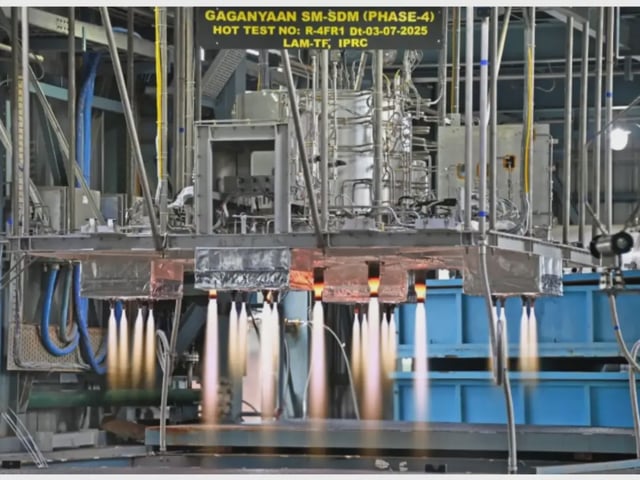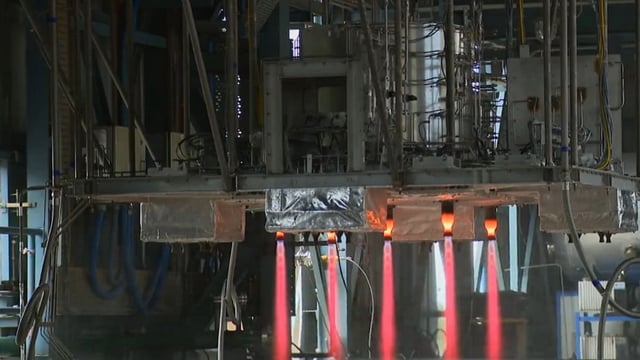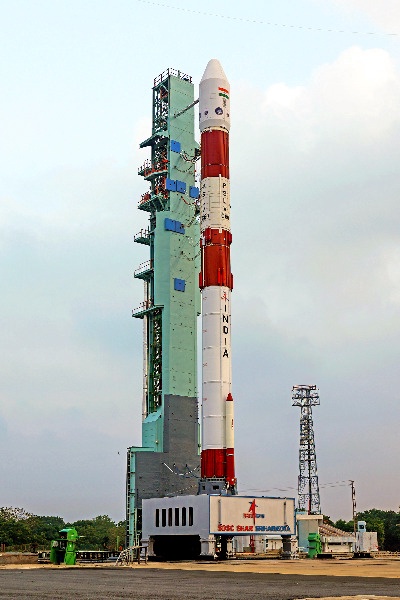Overview
- On July 3 at Mahendragiri, ISRO’s LPSC team conducted two hot tests of the Service Module Propulsion System, firing for 30 seconds and 100 seconds to assess system configuration and performance.
- During the 100-second run, engineers demonstrated simultaneous operation of all 16 reaction control system thrusters in both steady-state and pulsed modes alongside all five liquid apogee motor engines.
- The SMPS comprises five 440-Newton liquid apogee motors and 16 100-Newton RCS thrusters, with recent test articles incorporating enhancements to better simulate flight-like conditions.
- Building on the confidence from these short tests, ISRO plans a full-duration hot firing soon, a critical milestone before integrating the module for the Gaganyaan G1 uncrewed mission slated for late 2025.
- Successful propulsion validation is vital for orbital maneuvers and abort scenarios, reinforcing India’s roadmap toward its first crewed spaceflight targeted for 2027.


